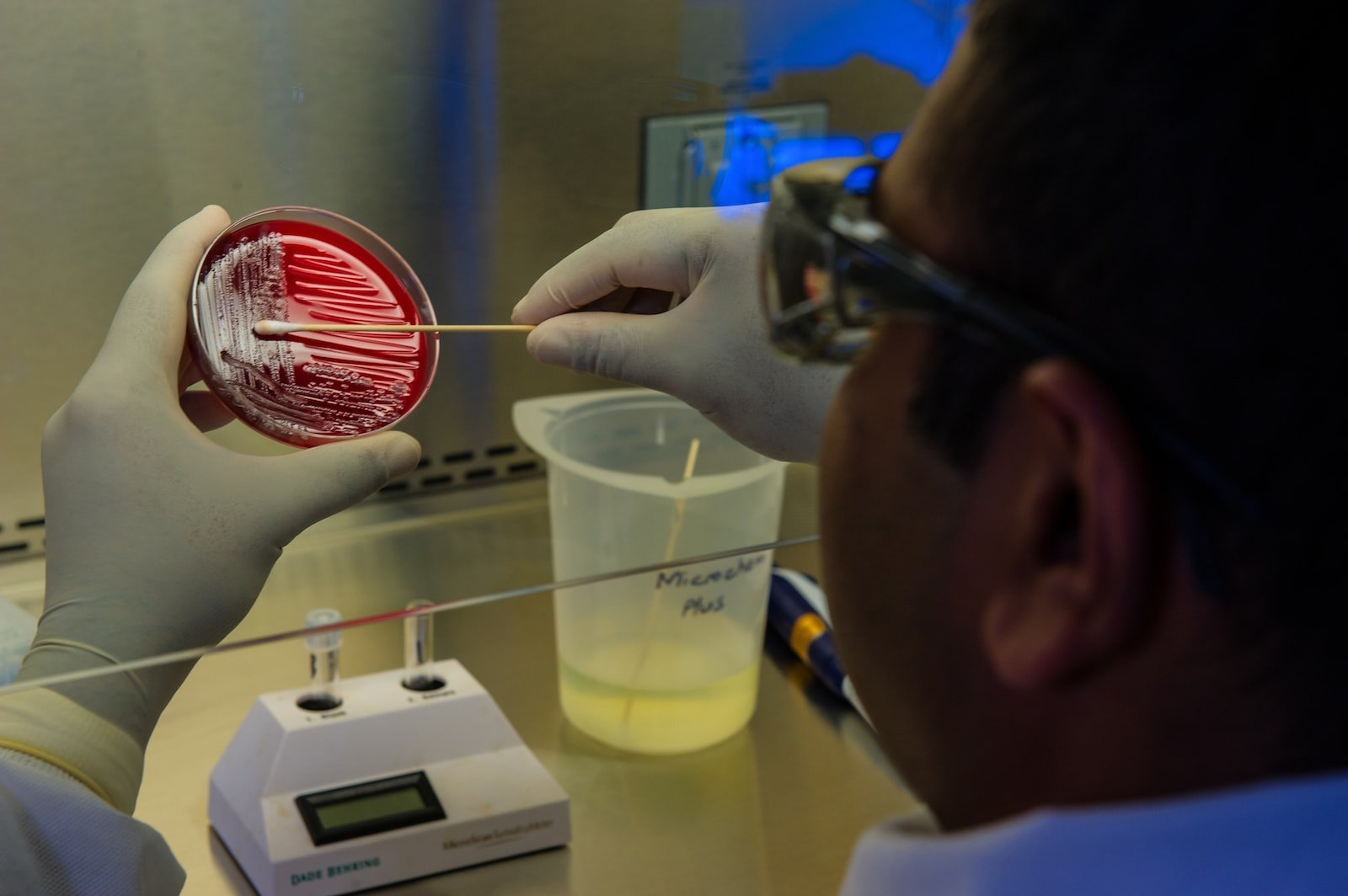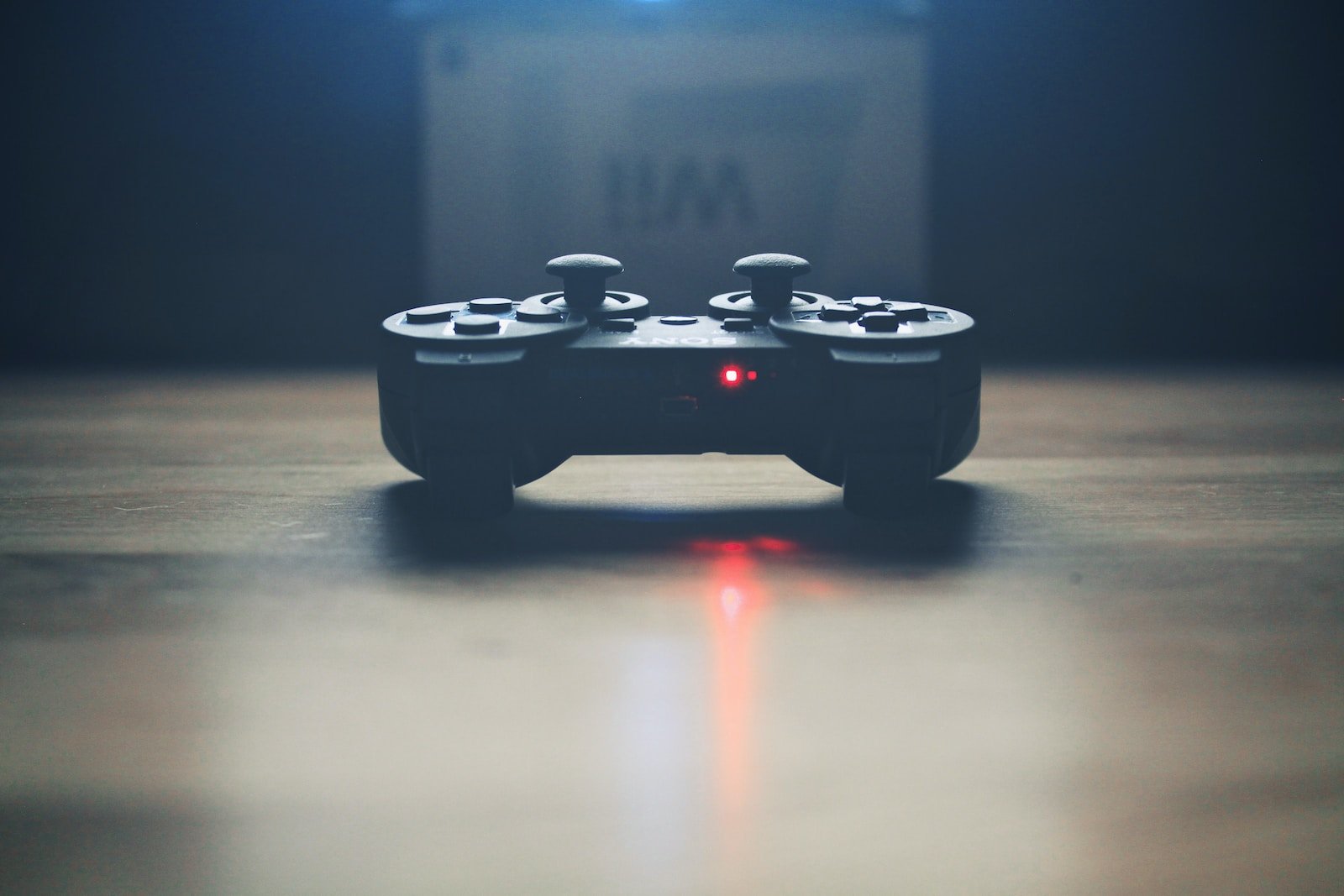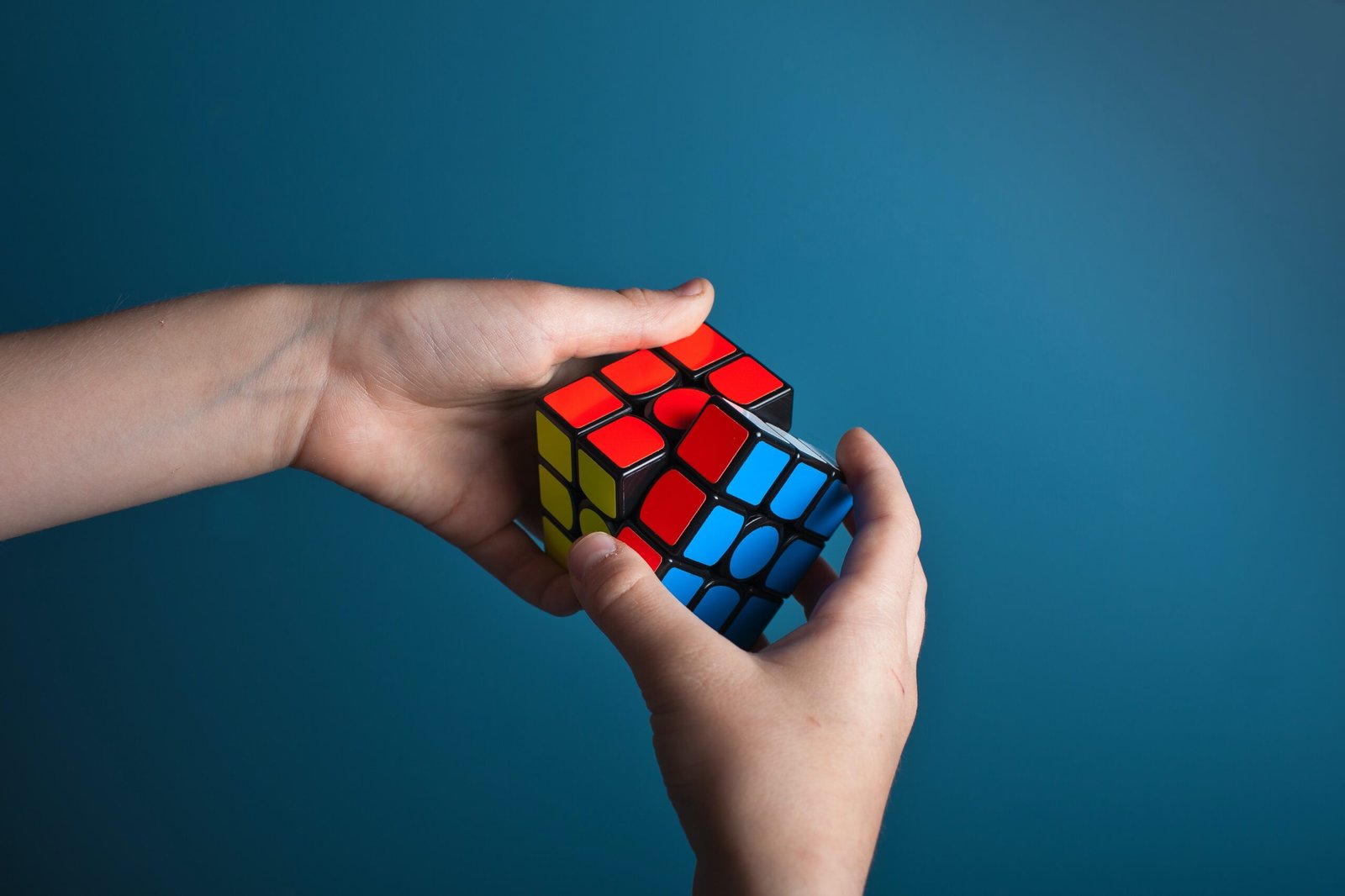Introduction
The double-slit experiment is a fundamental experiment in quantum mechanics that demonstrates the wave-particle duality of light and matter. It was first performed by Thomas Young in the early 19th century and has since become a cornerstone in understanding the nature of particles and their behavior.
Understanding Wave-Particle Duality
Wave-particle duality is a concept that suggests that particles, such as electrons or photons, can exhibit both wave-like and particle-like properties. In the case of the double-slit experiment, it shows that particles can behave as waves and interfere with themselves, creating an interference pattern on a screen.
The Setup
To conduct the double-slit experiment, you will need the following materials:
- A laser or a source of coherent light
- A barrier with two small slits
- A screen to capture the interference pattern
Here are the steps to set up and conduct the experiment:
- Set up the barrier with the two small slits in front of the light source. The slits should be close enough to each other to allow the light or particles to pass through.
- Place the screen behind the barrier, ensuring that it is parallel to the slits and at a sufficient distance to capture the interference pattern.
- Turn on the light source, making sure it is stable and emits a coherent beam of light.
- Observe the pattern that forms on the screen. You should see alternating light and dark bands, known as an interference pattern.
Interpretation of Results
The interference pattern observed in the double-slit experiment is a direct consequence of wave-particle duality. When particles, such as electrons or photons, pass through the two slits, they behave as waves and interfere with themselves. This interference creates regions of constructive and destructive interference, resulting in the observed pattern on the screen.
If particles were purely particles and did not exhibit wave-like behavior, we would expect to see two distinct bands of light on the screen, corresponding to the two slits. However, the presence of an interference pattern confirms the wave-like nature of particles.
Variations of the Experiment
The double-slit experiment can be modified in several ways to further explore the wave-particle duality. Here are a few variations:
- Changing the distance between the slits and the screen can alter the interference pattern.
- Using different sources of particles, such as electrons or even larger molecules, can demonstrate the wave-like behavior of matter.
- Introducing detectors at the slits to determine which path the particles take can collapse the wave function and eliminate the interference pattern, emphasizing the particle-like nature of the particles.
Conclusion
The double-slit experiment is a powerful tool for demonstrating the wave-particle duality of particles. By observing the interference pattern created by particles passing through two slits, we can gain insights into the fundamental nature of matter and light.
Understanding wave-particle duality is crucial in fields such as quantum mechanics and can help us comprehend the behavior of particles at the microscopic level. The double-slit experiment serves as a foundation for further exploration and experimentation in this fascinating area of physics.







